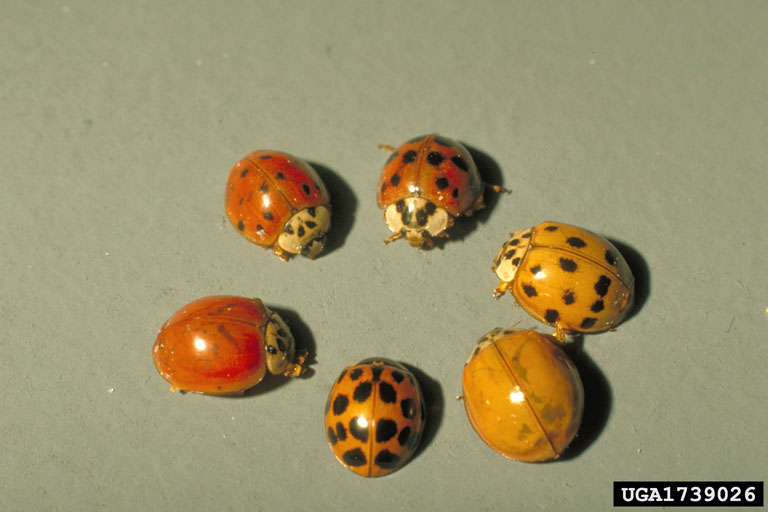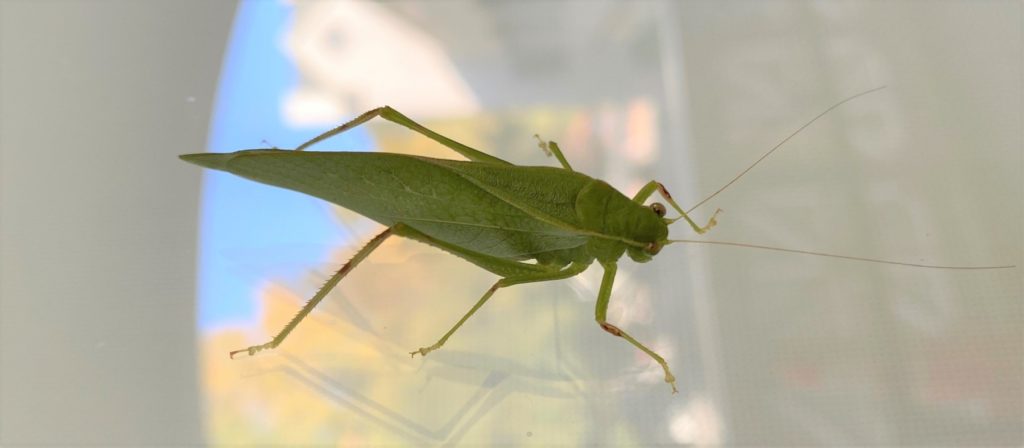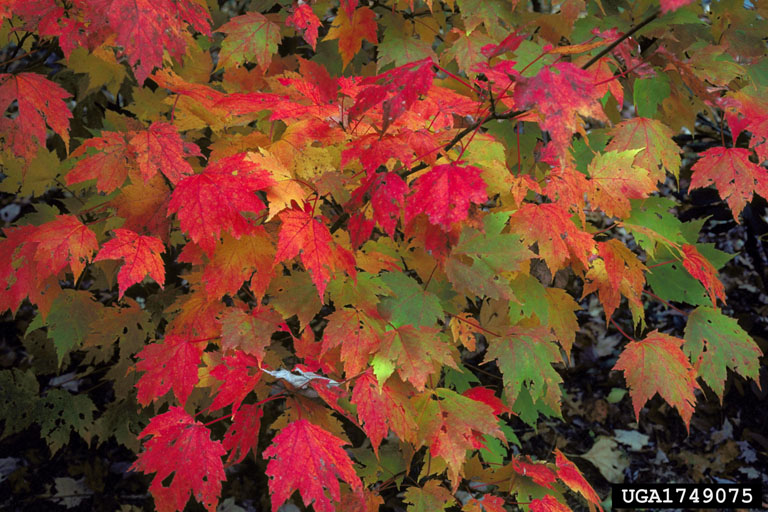October 24-28, 2022: Below are a few things that came into our office this week for identification. Check around your home and garden to see if you have any of these. If you see something you don’t know, send it our way!
Multicolored Asian Lady Beetles
Lady Beetles are fairly easy to identify in the landscape in their adult form, however have you ever seen them in the larvae stage? This week, we had multicolored Asian lady beetle (Harmonia axyridis) adults, larva and pupal skins (which I had only seen in photos before this week) brought into our office under some crape myrtle trees. Multicolored Asian lady beetles eat many kinds of soft bodied insects (like aphids and scale), however they may be displacing our native lady beetle species. This species will sometimes congregate inside homes in the fall and is considered a nuisance pest indoors.
Typically, the adult lady beetles will lay egg masses near colonies of insects that will provide food for hatching larvae. I suspect there are some aphids on the crape myrtles leaves, which are a big food source for lady beetle adults and larvae. Aphids excrete honeydew that can lead to sooty mold that we discussed in last weeks post.
When observing insects on plants, make sure you have properly identified insects and know that certain stages may not look like the adults (this is due to complete metamorphosis). If you are unsure, please bring them in so we can help you know your beneficial and pest insects better.



Katydid
Right outside our office, we found a katydid hanging out on a window screen. Katydids are usually large grasshoppers that are commonly found near trees and shrubs. In the evening, you will hear their night calls (“Katy-did, Katy-didn’t) as their camouflage keeps them well concealed during the day. Both nymphs and adults will chew on plant foliage, but significant damage is unlikely.

Plant ID: Red Maple
Red Maple (Acer rubrum) is a medium to large-sized tree that is found throughout Georgia. Red Maples thrive in moist, slightly acidic soils. This time of year, you can expect to see leaves in various shades of red, orange, or yellow. Trees will vary in color and intensity, with some only having a greenish-yellow fall color. It is favored as a shade tree not only for colorful foliage, but for its rapid growth in variable sites. Roots are close to the surface, so make sure to add mulch from the drip line of the tree inward to avoid damaging roots with a mower. They are naturally suited for partial shade but can survive in full sun. As the tree matures, branches will begin to droop. Pruning early will help to create clearance beneath the canopy.

Anytime you have a horticulture question, please reach out to us or your local Extension office!
Kim Toal, is the Fayette County Extension Coordinator and Agent for Agriculture and Natural Resources. For more information on gardening in Fayette County, contact Fayette County Extension at 770-305-5412 or online at www.ugaextension.org/fayette.